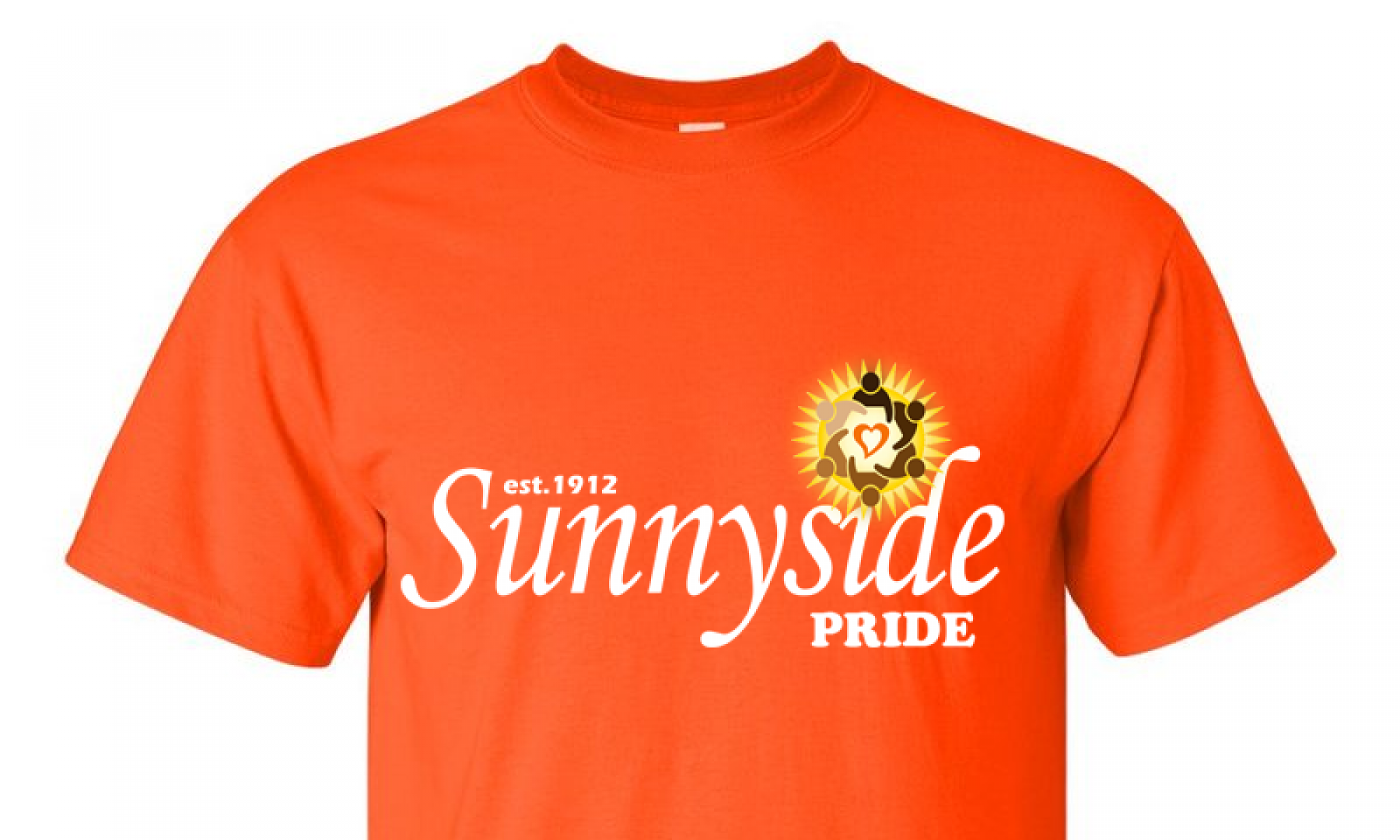WASHINGTON ― Last week, the Metropolitan Police Department sent out a series of tweets publicizing the disappearance of 10 D.C. teenagers who were considered “critically missing.” The tweets themselves didn’t garner much attention, but the photos and information of some of the teens tweeted by influential Twitter user @BlackGirlMarvel went viral within hours.
On Twitter, many Black women users posted viral tweets of the missing reports, encouraging others to share while questioning why they hadn’t heard about the disappearances on the nightly news — in the same way the disappearance Tricia McCauley, another woman who went missing in D.C., had been covered.
The total number of people reported missing in D.C. has remained constant since 2014, said D.C. Mayor Muriel Bowser during a Thursday press conference, addressing online speculation and concern about a rise in reports of missing teens. The mayor added that there is no evidence to support an increase in missing persons, nor is there evidence that recent reports are related to human trafficking.
At least 462 out of 708 total people reported missing this year were juveniles. Most teens reported missing were located or returned home, leaving 95 percent of reported cases this year closed.
MPD did not provide a racial breakdown of their missing juveniles data at the press conference. But at least 37 juveniles of those reported missing since January have not been located, based on an HuffPost analysis of press releases and tweets of the critically missing.
All of those 37 missing are black or Latinx.
Juveniles of all backgrounds are reported missing for a number of reasons, according to the MPD. Usually, it’s because they didn’t check in at home, work or school for voluntary reasons. More concerning cases tend to revolve around conflicts in the home. When younger children are reported missing, for instance, they could have been taken by a family member during a custody battle. Teenagers are more likely to be running away from physical or sexual abuse or a parent who’s using drugs.
Still a major concern for many is whether or not kids are being recruited by human traffickers. Forty percent of confirmed sex trafficking victims, who are overwhelmingly female, are black, according to a 2013 report from the Justice Department. And Latinx make up 56 percent of confirmed labor trafficking victims.
Black and Latinx teens, on average, are more vulnerable to the type of abuse that provokes a teen to run away from home because they are more likely to live in high-risk environments. But prevailing narratives that these missing children are just runaways leads to less sympathy and media coverage for them when they are reported as missing.
Take the case of Relisha Rudd, an eight year old who went missing in D.C. in 2014. Her case was almost exclusively covered by The Washington Post, and a handful of local and black news outlets. Cable news did not loop the disappearance of Rudd like they did for the highly publicized cases of Natalee Holloway, Elizabeth Smart or Caylee Anthony.
Little mainstream media coverage is contingent upon the belief that black and brown girls are less valuable, says Hillary Potter, a professor of ethnic studies at the University of Colorado Boulder. And she adds the lack of coverage has another dangerous effect: It can perpetuate the idea that black and brown girls aren’t victimized.
“If cars of a similar make and model were disappearing from the more affluent neighborhoods of our city, there would probably be more outrage,” wrote Courtland Milloy, a columnist for The Washington Post. “Owners of vehicles popular with thieves would be warned through various media outlets and automobile associations. Not so when it comes to black girls from more disadvantaged communities. Their family and friends often suffer in silence.”
Black and Missing Foundation, founded in 2008, is one of few organizations that aims to bring awareness to missing people of color. Derrica Wilson, the co-founder and chief executive of the organization, says 40 percent of missing persons in the United States are people of color.
Most of them are black and Latinx. “How often do you see an Amber alert for a missing black or brown kid?” Wilson said. “They like to classify our kids as runaways [and] runaways do not get the Amber Alert.”
MPD, however, is making a conscious effort to publicize missing persons cases. Chanel Dickerson, the new commander of the department’s Youth and Family division, has pledged to publicize the number of missing teens more than they have been in the past.
Press releases and tweets are now issued for every missing person who falls into the “critical missing” category. People looped into this category include missing persons under the age of 15, those over the age of 65, anyone with a medical condition that could put them in harm’s way or any case where there’s indication of foul play. The district’s police department will create a new Twitter handle specifically publicizing missing persons.
Social media postings of missing kids can help bring them home faster, especially teenagers whose peers are more likely to see the alert and can notify police of any information they have, says Mary G. Leary, a law professor at Catholic University of America and co-author of “Perspectives on Missing Persons.”
“We’ve come a long way from putting up a poster in the local store,” she said.
Wilson encourages people to pay attention to missing person reports in their area and to be aware of recruitment efforts on social media. She also encourages parents to talk to their children as much as possible about human trafficking and monitor their social media use.
“Our people are not just falling off the face of this earth,” Wilson said, “and we need to do something about it.”
— This feed and its contents are the property of The Huffington Post, and use is subject to our terms. It may be used for personal consumption, but may not be distributed on a website.
Source: HuffPost Black Voices


